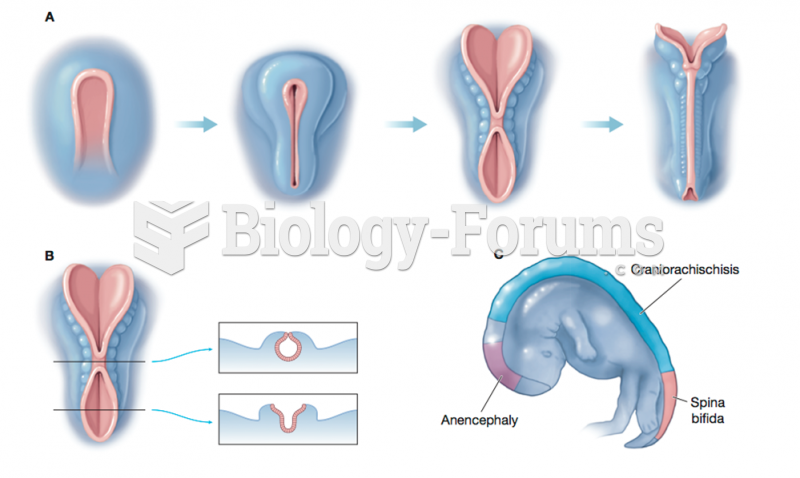|
|
|
The first documented use of surgical anesthesia in the United States was in Connecticut in 1844.
Prostaglandins were first isolated from human semen in Sweden in the 1930s. They were so named because the researcher thought that they came from the prostate gland. In fact, prostaglandins exist and are synthesized in almost every cell of the body.
There are 60,000 miles of blood vessels in every adult human.
The liver is the only organ that has the ability to regenerate itself after certain types of damage. As much as 25% of the liver can be removed, and it will still regenerate back to its original shape and size. However, the liver cannot regenerate after severe damage caused by alcohol.
For pediatric patients, intravenous fluids are the most commonly cited products involved in medication errors that are reported to the USP.







